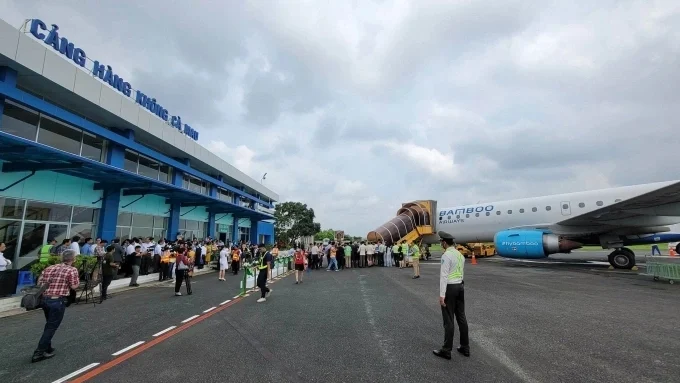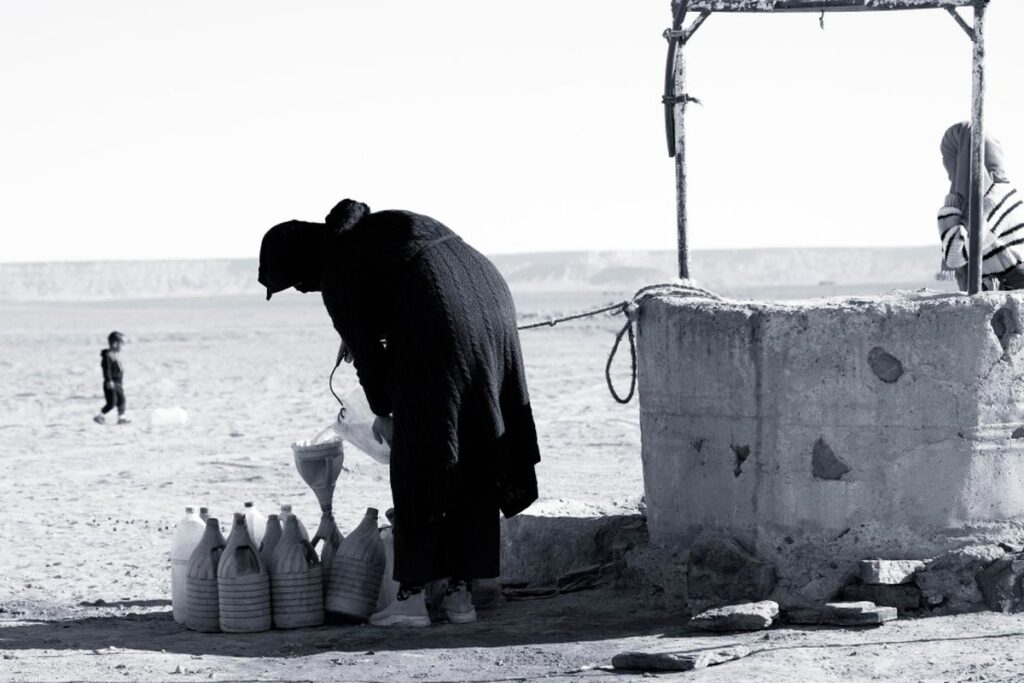In an unexpected turn of events, a powerful eruption from Indonesia’s Mount Lewotobi Laki-laki has disrupted air travel across Bali, one of the world’s most popular tourist destinations. The eruption sent a massive column of volcanic ash soaring 9 kilometers (6.2 miles) into the sky over the weekend, creating hazardous conditions for aviation and prompting airlines to cancel flights as a safety measure. The ash cloud has grounded flights from airlines worldwide, leaving tourists stranded and Bali’s air travel network paralyzed in the wake of the eruption. The decision to suspend flights underscores the immense risks that volcanic ash poses to aviation, impacting visibility and threatening aircraft engines.
On Wednesday, major Australian carriers, including Qantas, Jetstar, and Virgin Australia, alerted passengers to cancellations, citing the dangers posed by the ash cloud. Virgin Australia, echoing the importance of safety, emphasized in a public statement that “safety is always our highest priority, and our meteorology team is closely monitoring the situation.” Jetstar announced that all flights to and from Bali would be suspended until at least noon on Thursday, Australian Eastern Daylight Time (04:00 GMT). The Australian Bureau of Meteorology has issued a separate alert, warning that volcanic ash from Mount Lewotobi may drift as far as the northern regions of Australia, posing potential threats to visibility and public health.
The travel halt has also affected other international airlines. Hong Kong’s Cathay Pacific, India’s IndiGo, and Malaysia’s AirAsia have all joined the roster of carriers suspending flights to Bali in response to the volcanic conditions. Singapore Airlines and its low-cost subsidiary Scoot have canceled certain flights while continuing limited operations. Despite these efforts to accommodate passengers, Ngurah Rai International Airport in Bali remains strained, as authorities and airlines work around the clock to keep travelers informed amid the uncertainty.
The airport’s general manager, Ahmad Syaugi Shahab, reported that at least 22 international flights and 12 domestic flights were canceled as of Tuesday due to ash-related safety concerns. This number is expected to rise as the ash cloud’s course and density continue to fluctuate, affecting visibility and airport operations. The safety of passengers and crew is paramount, yet the disruption has brought significant inconvenience to tourists and locals alike, casting a shadow over Bali’s tourism sector as flights remain at a standstill.
The impact of Mount Lewotobi’s eruption has extended beyond air travel. In Labuan Bajo, a town approximately 600 kilometers from the volcano, organizers were forced to postpone a jazz festival due to safety concerns from ash fallout. The town, known for its thriving tourism industry and cultural events, has felt the effects of the eruption even from a distance. This decision underscores how volcanic activity can create ripple effects across various regions, impacting events, businesses, and tourism far from the eruption’s epicenter.
Indonesia, with its roughly 130 active volcanoes, is well-acquainted with the challenges posed by its location along the Pacific “Ring of Fire,” where tectonic plates frequently collide. Volcanic eruptions are a part of life in this seismically active region, and the nation has developed extensive safety protocols to manage these natural phenomena. Nonetheless, volcanic eruptions still present significant risks. In 2020, for example, ash clouds from Mount Merapi forced the temporary closure of an airport in Solo, Central Java, an incident that underscores the unpredictable nature of volcanic activity and its effects on aviation.
As the situation continues to evolve, passengers, airlines, and tourism operators are all left grappling with the uncertainty of the ash cloud’s progression. The eruption of Mount Lewotobi Laki-laki serves as a vivid reminder of nature’s powerful influence on human activities, forcing airlines to balance passenger safety with the challenges of operating amid natural hazards. With Bali’s vibrant tourism industry temporarily grounded, travelers and residents alike await further updates as officials continue to monitor this volcanic phenomenon closely.







